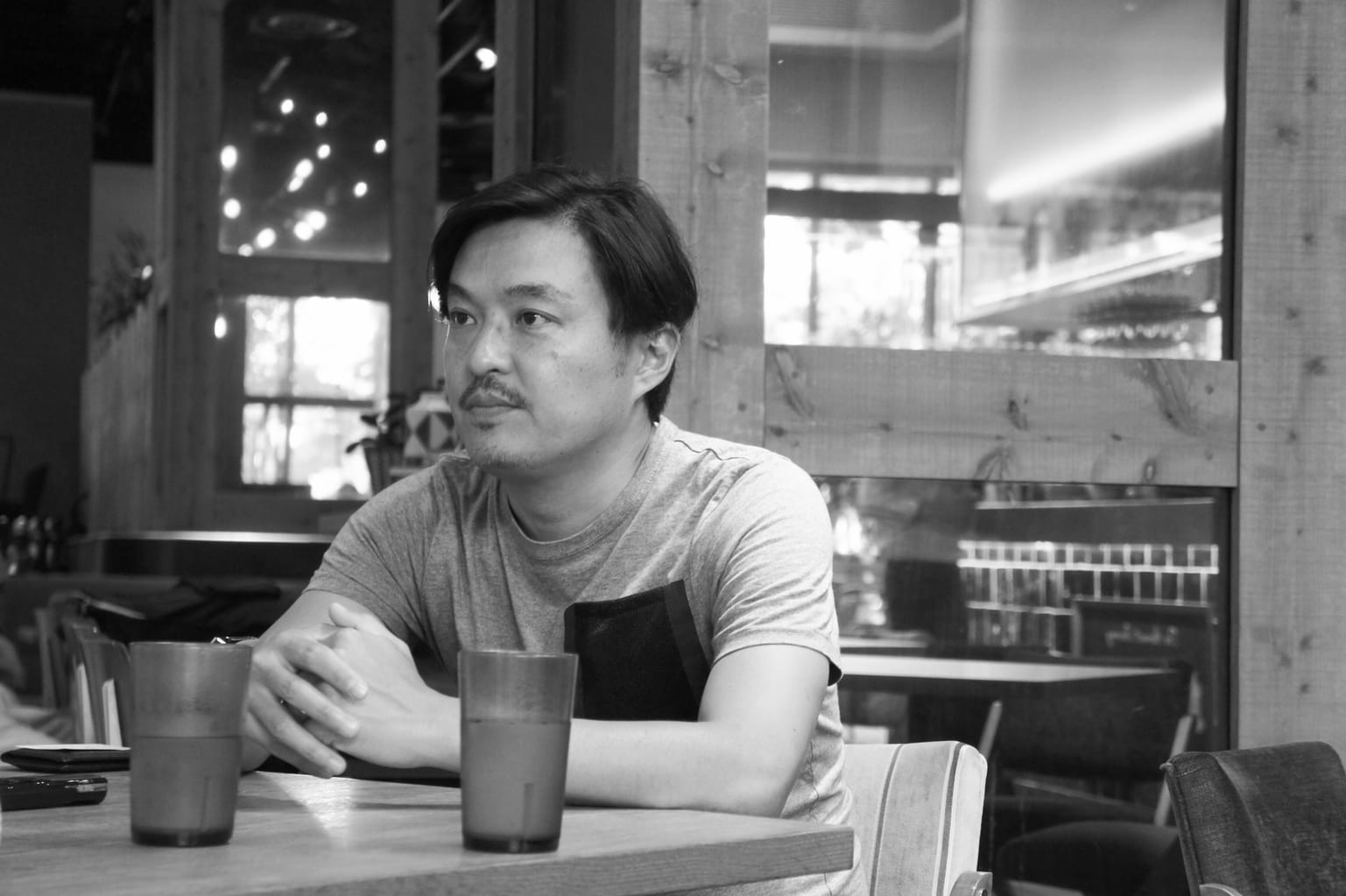It’s been almost a quarter of a century since the launch of the J-league and though not as glamorous as it once was, it’s arguably in a better place now than it has ever has been. Like the current Chinese Super League, the early initiative was to bring in an array of high-profile players such as Zico, Gary Lineker, and Hristo Stoichkov to entice large crowds. For a brief time, it worked, but in a struggling economy it was unsustainable and the novelty began to wear off in the mid-Nineties.
With the big names departing, attendances plummeting and clubs’ sponsors pulling the plug on their investments, the League decided to change its approach. The focus switched from the superstar individuals and became more about the teams, who were encouraged to build close ties with their local communities.
It was all part of the 100 Year Vision project that was announced towards the end of the 20th century aimed at making 100 professional teams by 2092. At the time, many saw it as overly ambitious; however, with 54 sides currently spread out over three divisions, the plan looks like it could come to fruition sooner than expected.
When viewing the League from a domestic perspective, there’s a lot to be positive about. Attendances have been steadily increasing (the J1 average this season is, at the time of writing 1,000 higher than the last campaign), title races are often unpredictable, and exciting young players are emerging all the time. Japanese football is popular in certain Asian countries and does have something of a cult following elsewhere, but could it be doing more to attract greater interest from the rest of the world?
Takehiko Nakamura certainly thinks so. The New York-based president, CEO and founder of sports management consulting firm Blue United Corporation has a wealth of experience in the game, having worked in management roles for Major League Soccer in the US and FC Barcelona. The man chiefly responsible for bringing former Italian World Cup-winning striker Alessandro Del Piero to Japan for a charity match to raise funds for those affected by the 2011 earthquake, he has spent his most of his career attempting to import foreign football to Japan. Now his main goal is to export the Japanese game to the world.

Takehiko Nakamura
“In terms of what’s happening on the pitch, great strides are being made in Japanese football,” Nakamura tells us. “You see [Gaku] Shibasaki settling in Spain, [Shinji] Kagawa regularly playing Champions League football, multiple players in the Bundesliga: there are plenty of good things happening. I just feel that the business side needs to catch up.
“Of course, the funds aren’t there to be able to compete with European leagues, yet the J-League could be more creative in terms of promoting its product globally. Everything is run pretty well and things are stable, but you see the press releases only in Japanese, and I sometimes wonder if there is any desire at all to have a presence outside the country. I spoke to some clubs and had casual conversations with the league about the possibility of an international office, but they didn’t move. Fortunately, Kashima Antlers did.”
The most successful professional club in Japanese history and current J-League champions, Kashima, in cooperation with Blue United Corporation, became the country’s first team to set up an office overseas when they opened in New York earlier this year. International interest in the Ibaraki-based side has risen over the past few months after reaching the 2016 FIFA Club World Cup final and then taking the mighty Real Madrid to extra time. They’re now looking to build on that success by making a splash beyond these shores.
“Kashima are a club with an understanding of what it means to go global,” says Nakamura. “They’re one of three sides in the country with an English-language Twitter account and have staff in their office who’ve worked abroad. They’ve stepped into the digital age and are prepared to learn from the marketing strategies of clubs in other countries. Added to all that, their profile was at an all-time high because of the performance against Madrid, so the timing was perfect.”
It was a fantastic opportunity for Blue United as well, who are helping Kashima with their digital planning and selling sponsorship for them outside of Japan. They’re also working with various footballers, eSports players and four other J-League teams on a variety of projects including scouting in the US and arranging youth competitions. Right now, the business is purely focused on consulting, but in the near future Nakamura wants the organization to be more than just a middle man and to own something concrete. Reviving an international club tournament involving Asian, North American and Oceanic teams is his immediate goal. He came up with the idea during his university days and the concept became a reality in 2008. The inaugural competition of the Pan Pacific Championship, as it was known, featured LA Galaxy and their star performer, David Beckham.
“That was quite a boost in terms of promotion,” Nakamura says with a smile. “Seeing the crowds and media coverage it attracted was very exciting for me as it was basically just an idea I’d written about for my master’s thesis three years earlier. I felt that it would give Japanese players, who only played domestically, a chance to test themselves against footballers from outside of Asia. Hawaii seemed like the best destination to host it as it’s situated between the different continents. Locals there rarely got to see big football tournaments so that was a plus point and of course, the fantastic weather was another factor. It did well, but was moved to Los Angeles a year later.
“The tournament returned to Hawaii in 2012 and we want to bring it back there again this coming February. Another of our objectives is to launch a soccer school in New York. I think owning what I call ‘properties’ gives a company more of an established feel and that can help us when negotiating with prospective clients. Ultimately our goal is to make a big impression internationally.”
“The reality hit home one day when he was crushed against a window on a crowded train and saw a newspaper featuring baseball star Ichiro Suzuki and leading Asian footballer Hidetoshi Nakata”
A man with lofty ambitions, Nakamura believes he can help to transform the game in Japan. He started out working as a businessman for NEC, yet while the job was stable, meetings about optical fiber cables didn’t particularly captivate him. The reality hit home one day when he was crushed against a window on a crowded train and saw a newspaper featuring baseball star Ichiro Suzuki and leading Asian footballer Hidetoshi Nakata. The latter was just 24, yet had already achieved so much doing something he loved, while Nakamura, who was the same age, had simply been surviving in an industry he cared little for.
The likelihood of making it as an athlete had passed, but Nakamura could at least pursue his passion of football through business. In 2004, he decided to move to the States, where he also grew up, to do a master’s in Sports Management at the University of Massachusetts Amherst. After graduating he worked as an intern for the MLS before persuading Arsenal’s current chief executive, Ivan Gazidis, and the general manager of Chicago Fire, Nelson Rodriguez, to give him a full-time job there. Over a decade on and Nakamura has now established himself as a key figure in both US and Japanese football. He believes it’s important that they keep learning from each other as there are many similarities between the leagues in the two countries.
“Both the North American Soccer League (1968-84) and the J-League ran into trouble because they invested everything in big names and hoped that would be enough,” says Nakamura. “A coffee shop isn’t going thrive just because it has the best beans. You need to first lay the foundations. I think now when you look at football in America and Japan you can see that many clubs have done that. They both have fairly strong domestic divisions; however, Japan has room to grow in terms of its global strategy. That’s something that we at Blue United are determined to help improve.”
To find out more about Blue United, visit www.blueutd.com/en









